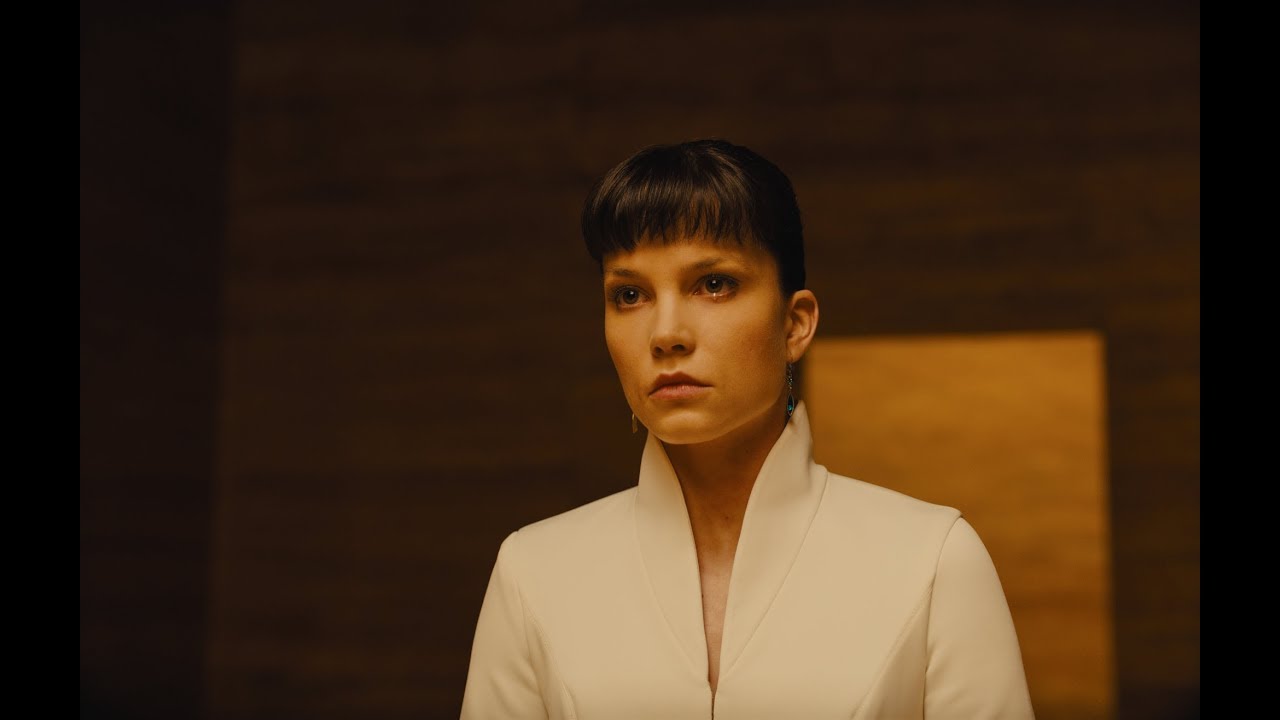In June of 1982, ”Blade Runner” was released to tepid reviews and a low returns at the box office. The star of the film, Harrison Ford, was one of the most popular actors in cinema at the time, but even his star power couldn’t change the reality that most who viewed the movie didn’t understand the film, nor did they seem to like the fact that Ford’s characters was a kind of hapless detective who got the crap beat out of him — and did very little detective work. Made for 28-million-dollars, and only grossing about half of that, ”Blade Runner” was, by all accounts, a flop.
However, if as The Buggles sang in their 1979 song ”Video Killed The Radio Star” was accurate, a similar, but inelegant, thing can be said about ”Blade Runner” — except in the case of the film, the opposite happened. That is to say, home video saved the film. If it wasn’t for repeated viewings by people renting and owning the home video release of ”Blade Runner” we probably wouldn’t have had the number of versions that have popped up since then — ending with the only Ridley Scott controlled version known as ”The Final Cut.” The multiple versions of the film, and it’s growing fan base (both inside and outside of the film industry) paved the way for the film’s long-awaited sequel, ”Blade Runner 2049.”
Starring Ryan Gosling and Harrison Ford, the film, as directed by Denis Villeneuve, is — like the original movie — visually stunning. It’s rare for films to look this good, and credit goes to Roger Deakins for his wonderful and well thought out cinematography. If he doesn’t win awards for this work, well then the system is truly rigged. But the look of a film is one thing, the story is another. And while I think ”Blade Runner 2049″ is quite good at times, it tends to get bogged down in its own self-importance. That’s not to say that ”Blade Runner” wasn’t self-important, but no one had really seen anything like the 1982 movie before, so there was a lot to absorb. Well, at least for those who were attracted to Scott’s vision of future. ”Blade Runner 2049″ is hobbled by high expectations and story isn’t all that ground-breaking. Some of the same themes crop up in the sequel that were presents in the original. The central question of what it means to be human (and not a machine) is revisited. So too is the role of technology, genetic engineering, power, and control. But themes only get one so far. One needs the characters to be relatable and a story to be compelling. Alas, for ”Blade Runner 2049,” it’s not quite there. Gosling is good at the lead Blade Runner known as ”K” (and later as ”Joe”). It’s also revealed at the get-go that K is a replicant — something that was debatable in the original ”Blade Runner” because of how many versions there were. K’s job, like Deckard’s in the previous film, is relatively simple: find and ”retire” (i.e., kill) older model replicants. Seems those older models had trouble being completely obedient to their human masters. Not so with the current models (Gosling included). He endures taunts from his co-workers and neighbors who call him a ”skin job.” You may remember this bit of voiceover from the original ”Blade Runner” where Ford as Rick Deckard describes his former boss, Bryant, like this:
Deckard (voice-over):
Skin jobs. That’s what Bryant called replicants.
In history books he was the kind of cop that used to call black men niggers.
K, however, does not react. He’s an obedient cop whose coping mechanism for living in a human world is to be as emotionally detached from it as much as possible — except when he’s at home with his holographic girlfriend, Joi. Without giving away too much of the plot, the story is about a new danger replicants pose in the human world. It’s not their desire for extended life, but rather their ability break out of their programming and be a separate life form from humans. These plot devices, by the way, framed one of the central narrative threads in the reboot of ”Battlestar Galactica,” so it’s not like any new ground is being paved here. Trying to control the potential chaos of replicants striking out on their own is Niander Wallace (Jared Leto) who heads up the corporation that makes most of the replicants. His most obedient replicant known as Luv (Sylvia Hoeks) is tasked with stopping the pieces from falling into place for a replicant uprising, and there’s also the story of what happened to Rick Deckard and Rachel. That does get addressed in the film (with Ford reprising his role), but Deckard isn’t really the focus of this film — but neither is K. Rather, it kind loses focus as it slowly makes its way to its conclusion. That’s not to say the narrative loses its coherence, it’s just that it takes a long time in telling the story (like 163 minutes long), so what happens is that the tension the central conflicts pose aren’t tight enough for the movie to have a satisfying payoff at the end.
All the main characters are fine in their roles, and even Deckard stays true to his hard drinking and solitary life he led in the original movie. However, his character has very little to do when he does show up in the third act. So in a way, Deckard is more of a passive character who kind of sits around waiting for others to be the prime mover of the action.
So, is ”Blade Runner 2049″ a worthy successor to ”Blade Runner (The Final Cut)?” I would say yes. It almost begs us to go back to the theater to experience it again in hopes viewers can tease out hidden gems of meaning to add to the deep reading of the text of both films. It happened to the original film, so why not here?
According to Variety, opening weekend box office returns were pretty good, so already ”Blade Runner 2049″ is doing better than its predecessor. The movie cost $150-million to make and hauled in $32.8-million-dollars in North America — and $50-million-dollars in the European market. At over $82-million-dollars in returns over the course of one weekend, the movie is proving it’s bankable and will most likely gain momentum with the bevy of positive movie reviews and word of mouth recommendations. Moreover, as the ticket sales are indicating, ”Blade Runner 2049″ is showing itself to be a ”guy film” appealing to the over 30 crowd. That’s not typically the demographic that shows up to the cineplex week after week. It’s usually teenage boys looking for comic book action films. And as we know, ”Blade Runner 2049″ isn’t of that genre — so it’ll be interesting to see if the film has legs, or slowly fades to black.








Comments